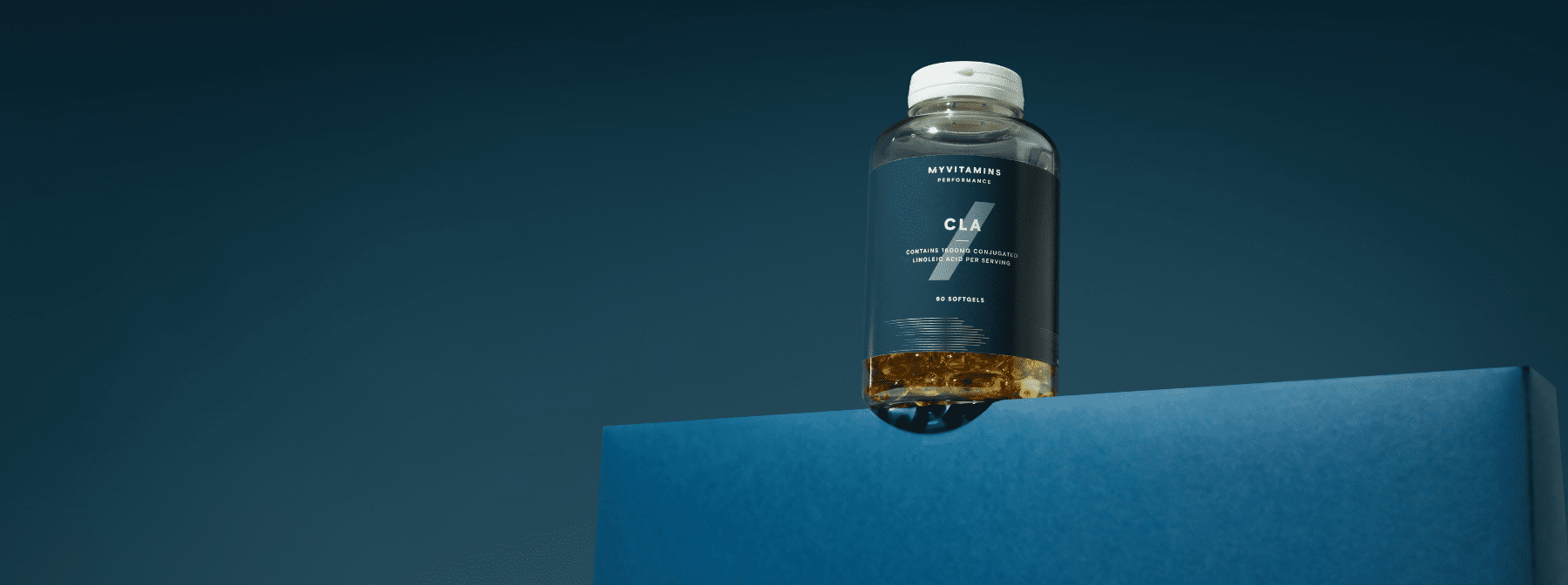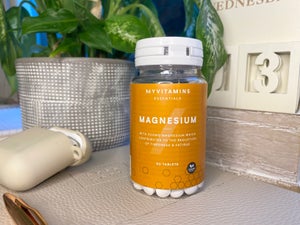
CLA, otherwise known as conjugated linoleic acids, are naturally occurring fatty acids that are widely used in health supplements. So, why has CLA become so popular and what are the benefits of taking it? Read on to find out.
What Is CLA & What Does It Do?
Conjugated linoleic acids are naturally found in meat and dairy products. They're formed when animals eat grass or grains containing linoleic acid. Although CLA is not an essential nutrient that we need in our diets, is has been linked to several health benefits around weight loss and heart health.
What Are The Benefits Of CLA?
1. Weight Loss
CLA is most popular for its impact on weight loss. Recent studies suggest that CLA can improve the body's insulin signalling and anti-inflammatory effects. These changes are thought to support metabolism and body composition, both of which aid weight loss. 1
2. Muscle Mass
Whilst more research is needed on CLA and exercise, recent testing is promising. For example, six month supplementation of CLA and creatine on adults aged over 65 resulted in improved strength gains and better body composition. In a later study, CLA taken in combination with whey protein and creatine benefited body strength and lean body mass during high intensity training in young adults. 2
3. Heart Health
As a fatty acid, some experts claim that CLA benefits general heart function. Whilst human studies on this are limited, current testing indicates an improvement of blood lipid profile with CLA intake. (3) Lipid screening measures the concentration of cholesterol and triglycerides in the blood. High levels of these cause cholesterol plaque and narrowing of arteries, which in turn raises risks of blood clots.
To summarise, CLA is a popular nutrient which is growing in popularity in the health and nutrition market. Current research on this fatty acid is ongoing, but initial results are positive.
Try CLA for yourself here:
- https://jissn.biomedcentral.com/articles/10.1186/s12970-015-0097-4
- https://nutritionandmetabolism.biomedcentral.com/articles/10.1186/1743-7075-12-4
- https://www.ncbi.nlm.nih.gov/pmc/articles/PMC4429457/









